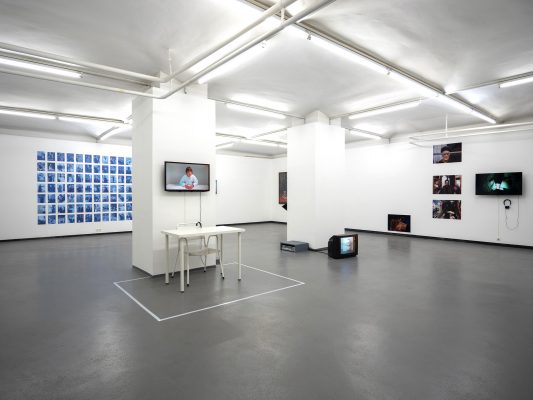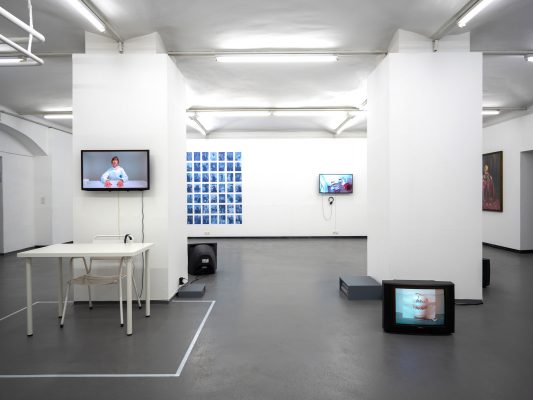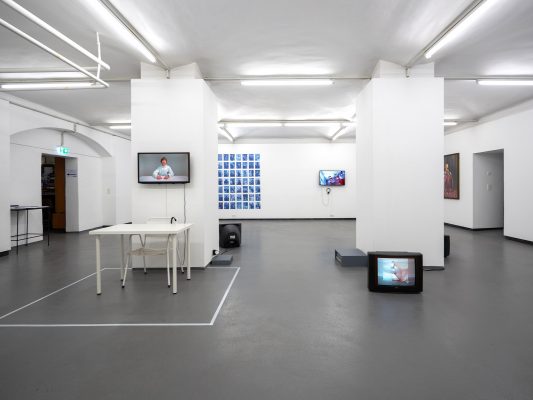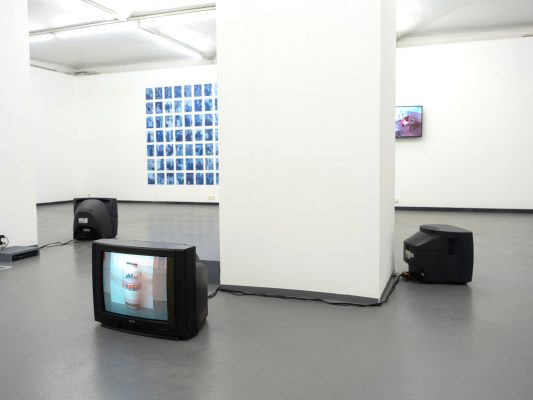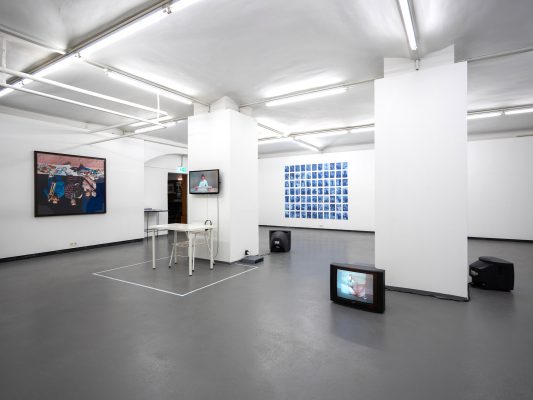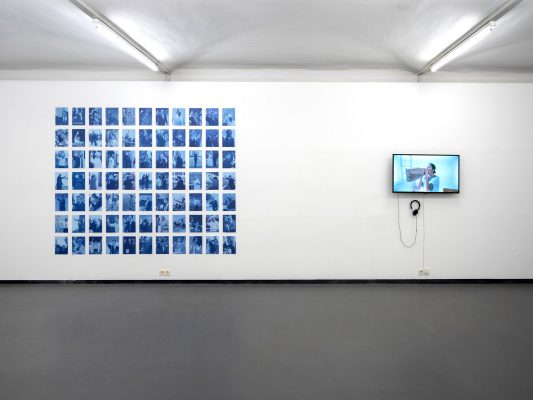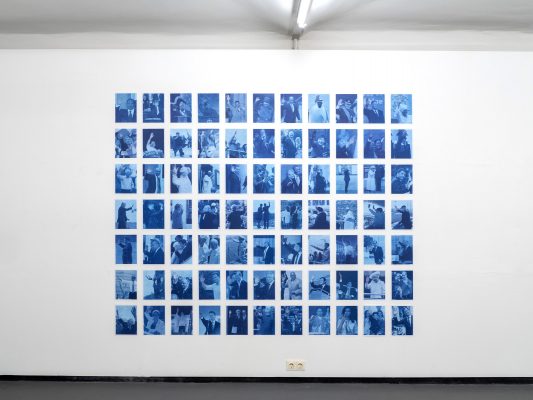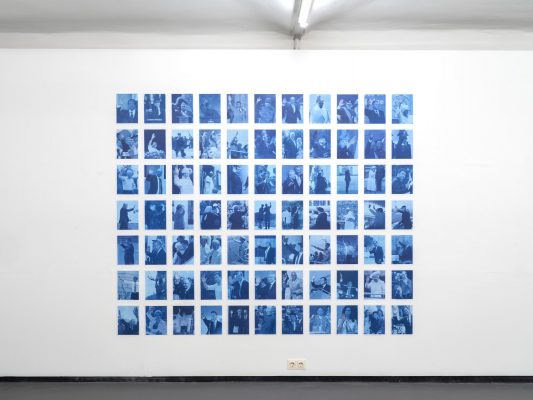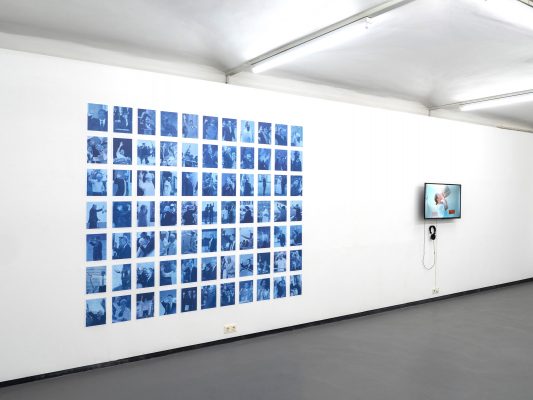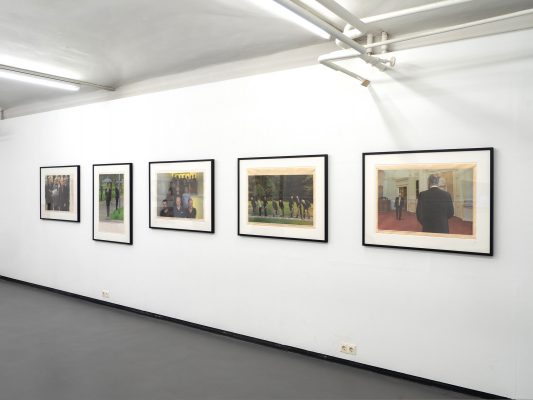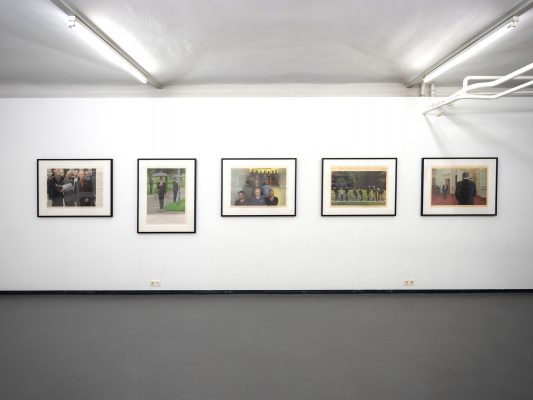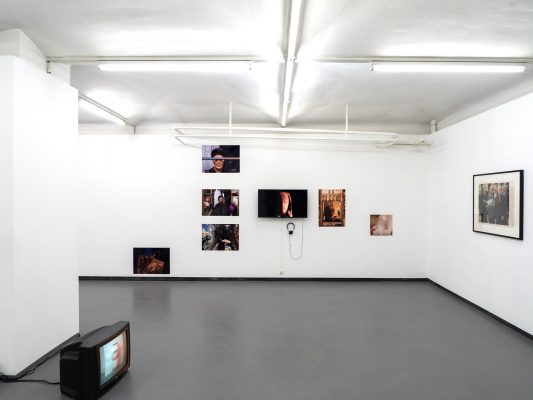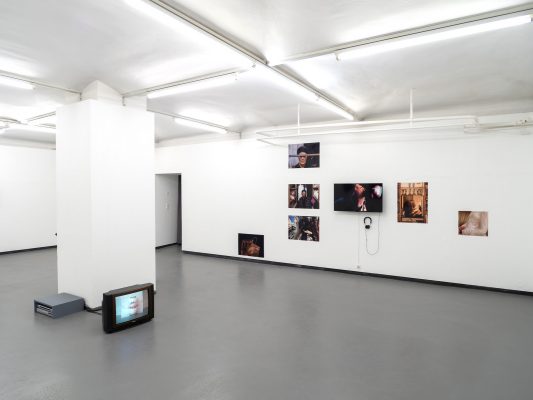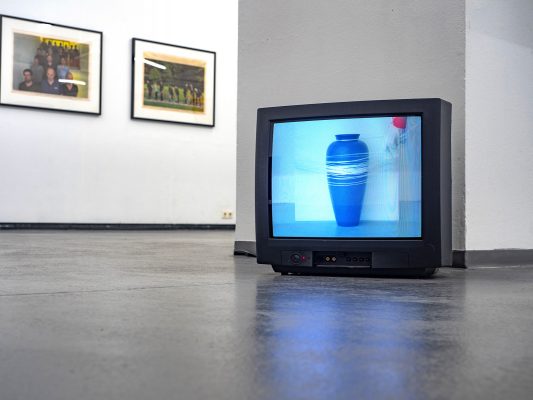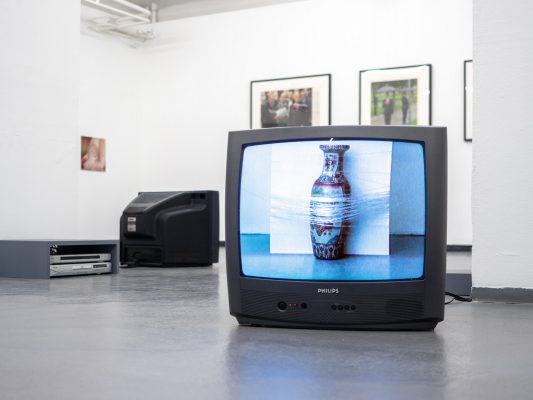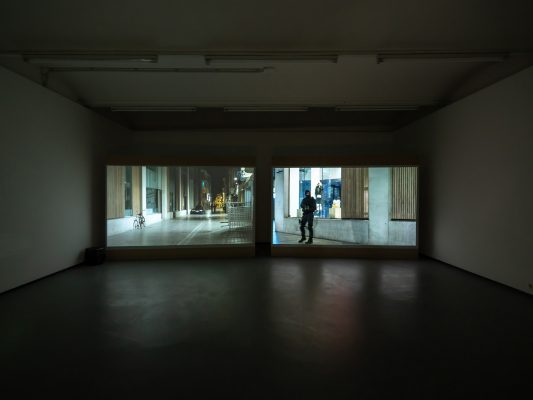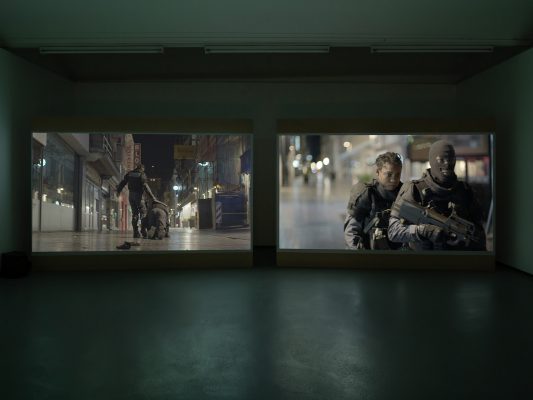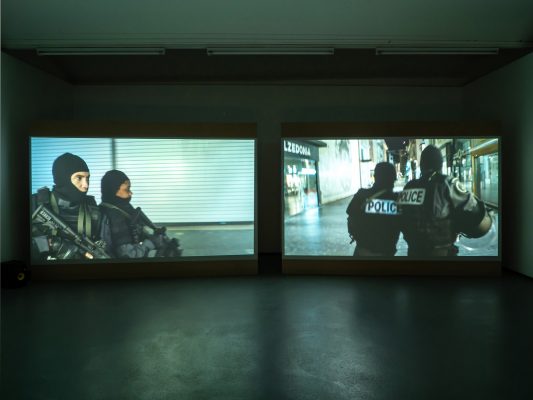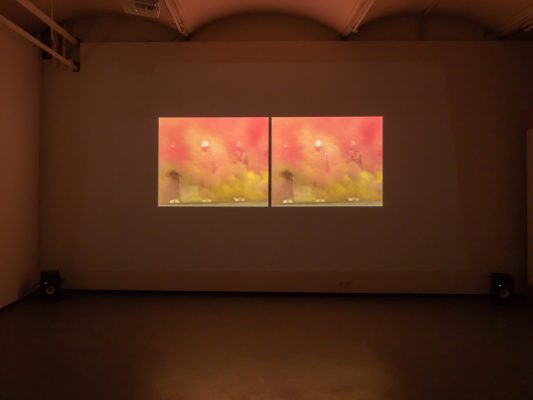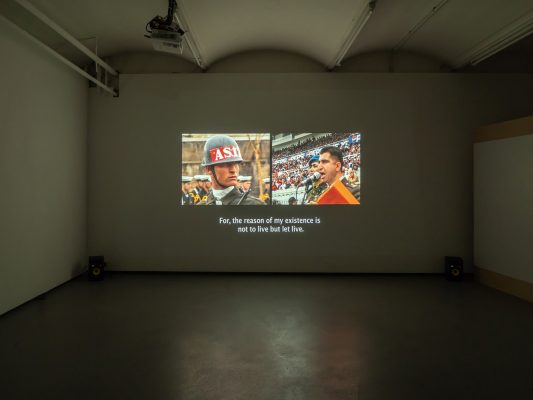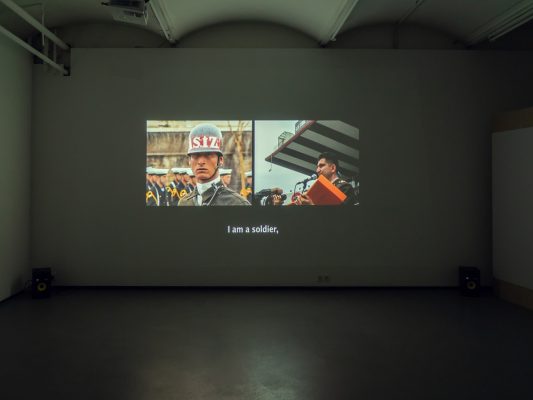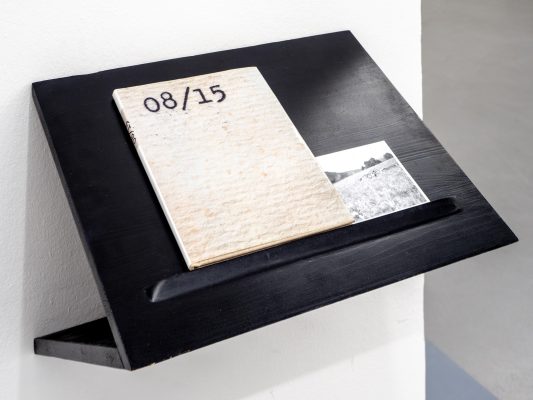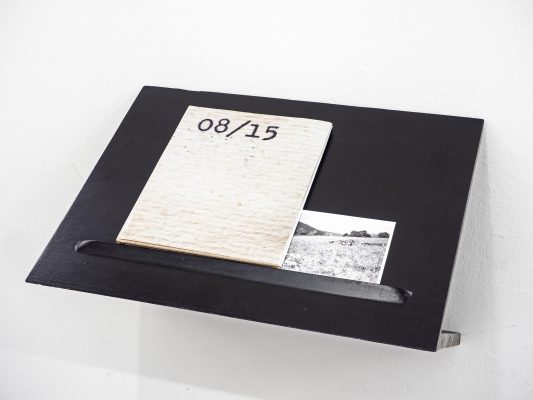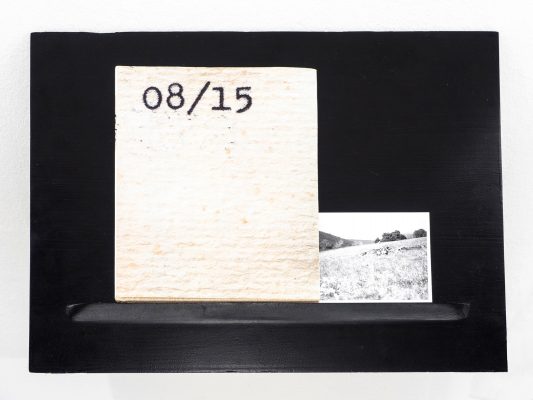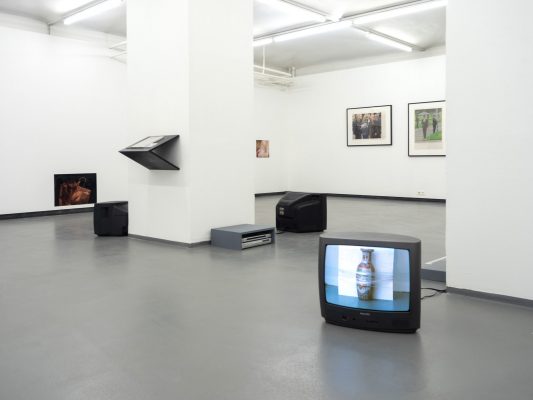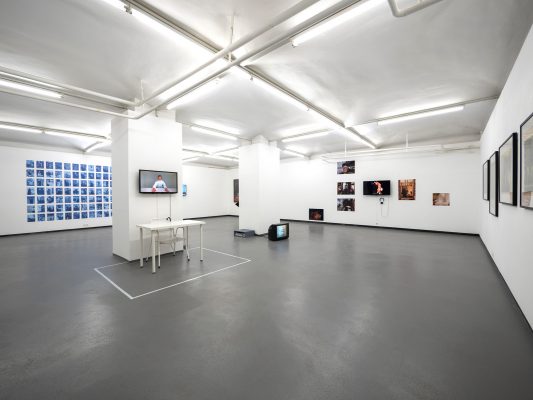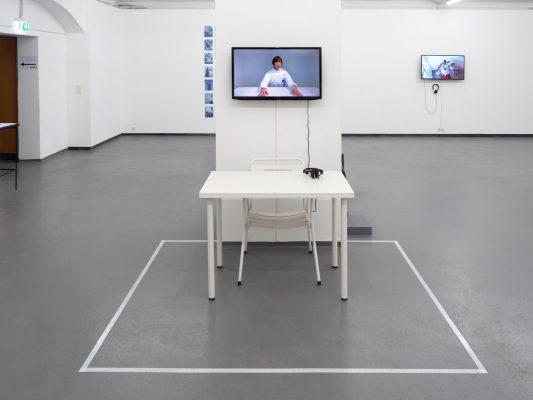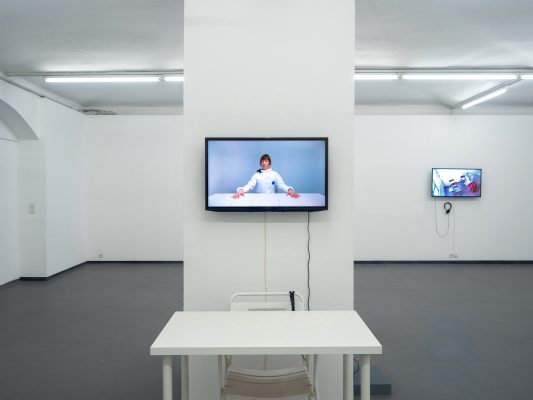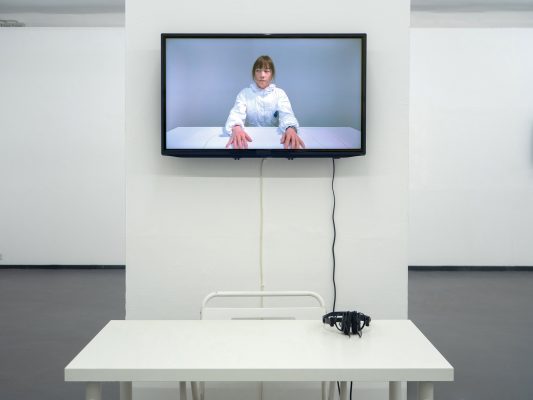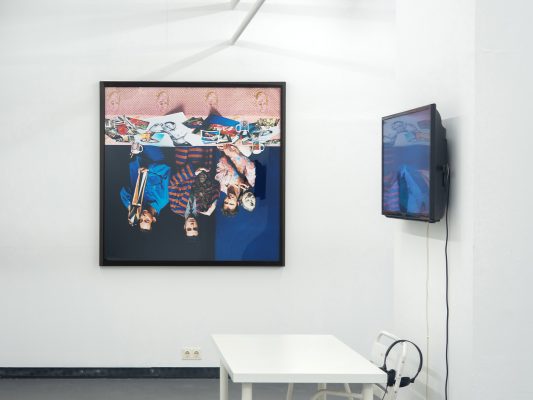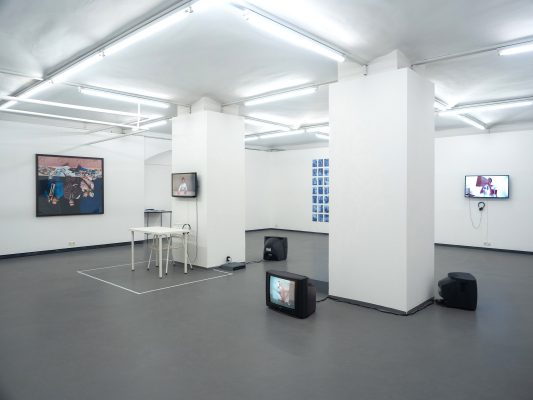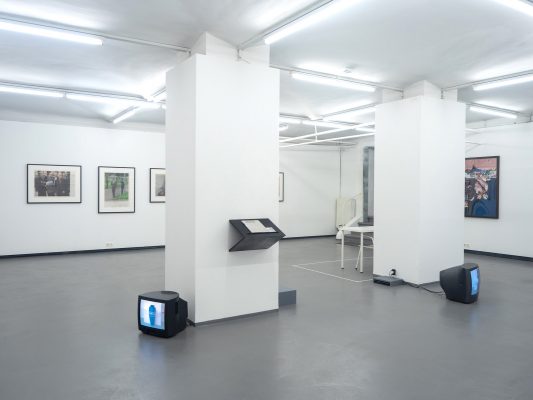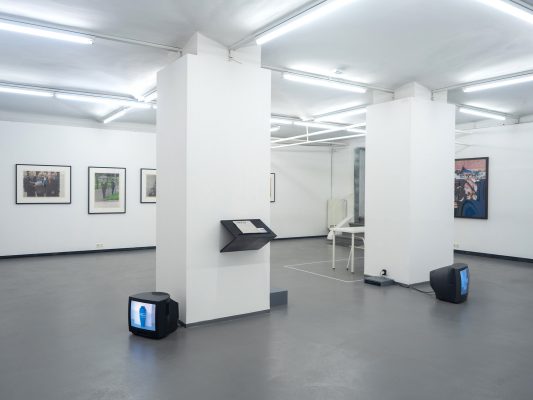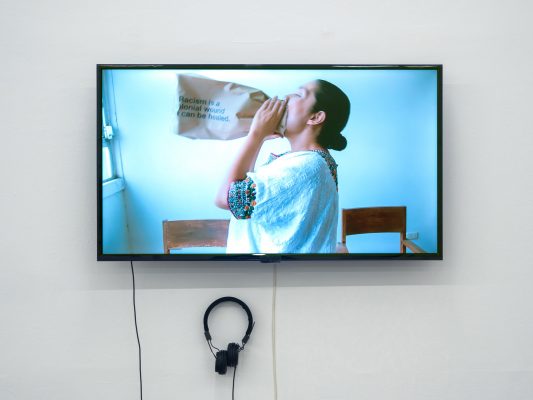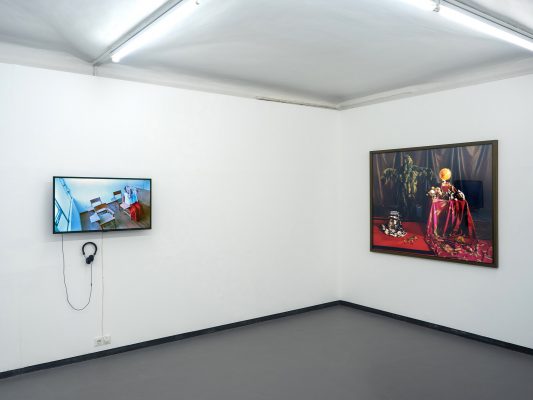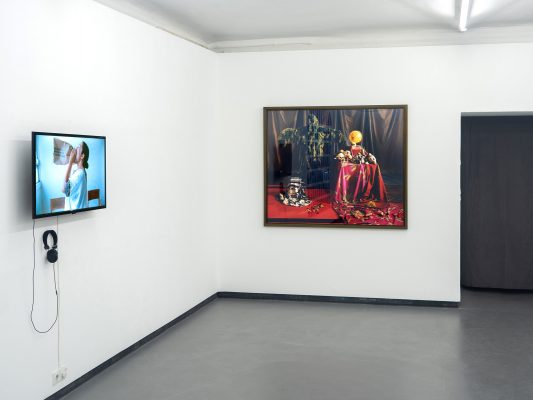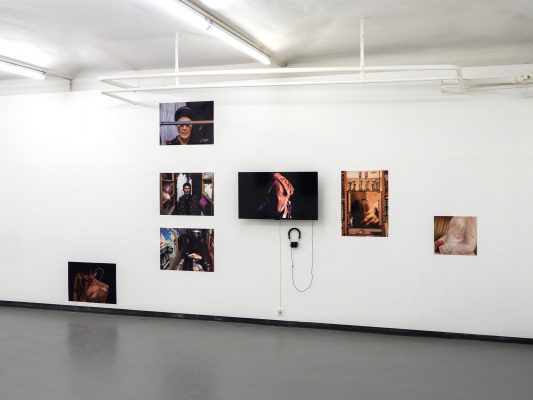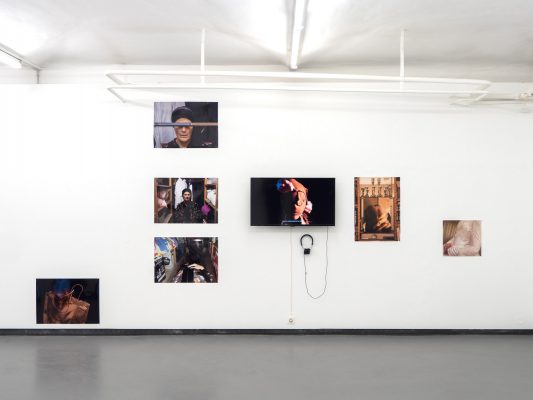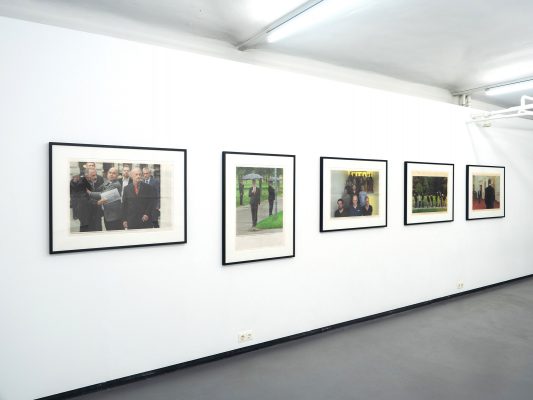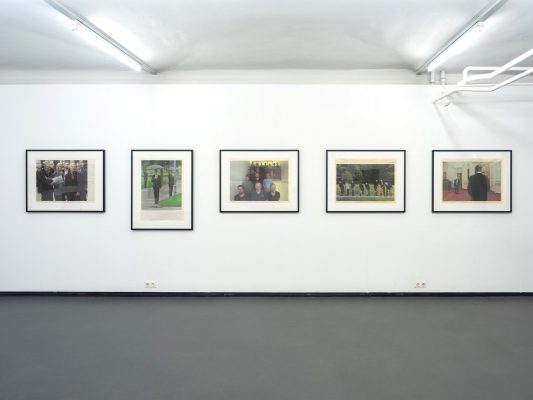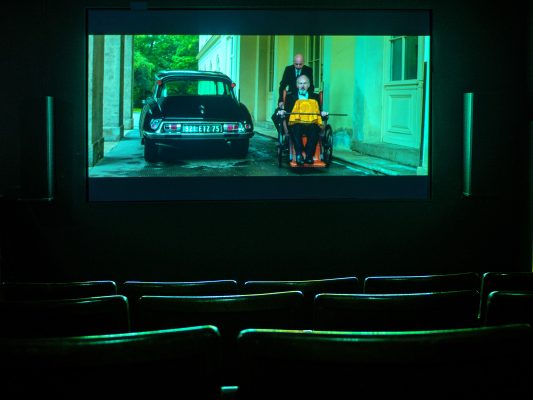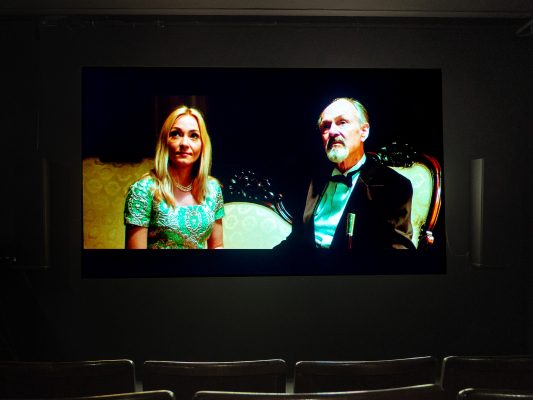Opening: Monday, 2 March at 7 p.m.
Introduction: Petra Noll-Hammerstiel
Duration: 3 March – 4 April 2020
Accompanying Program: Thursday, 19 March 2020 at 7 p.m.
Videoscreening Memory Trilogy, Maya Zack (IL)
In cooperation with Vienna Jewish Film Festival
sponsored by: BMKOES; MA7-Kultur; Cyberlab
thanks to: Gallery hunt kastner, Prague, and Gallery Tanja Wagner, Berlin
Rituals are an important component in human expression and communication behaviours and tell us much about the values, understanding of roles and social interaction where they often assume a regulatory and supportive function. The complexity of the substantive issues and the great importance of rituals for humanity inspired the curatorial team of the FOTOGALERIE WIEN to put a focal point on this theme with a series of four exhibitions for the years 2019/2020. The term “ritual” was originally only in common use in liturgical and/or ceremonial contexts but is now in general use at every social level. A ritual is a series of actions carried out according to fixed rules, usually in a specified order. This is primarily aimed at engendering identity and meaning and correlates with a desire for orientation, knowledge and community actions. It is distinguishable from everyday habits i.e. from instrumental, regular and, above all, purposeful activities that can, however, have a “ritual character” ascribed to them. First and foremost, therefore, rituals occupy the spiritual and emotional sphere. Additional characteristics are enactment, processuality and, usually, a high degree of symbolism too.
The four exhibitions are concerned with social rituals and their associated networks of relationships: with rituals that articulate demonstrations of power, suppression and exclusion along with religious and other ceremonial rituals. In the course of this, the codes, behaviours and forms of communication related to the various rituals will be examined.
One of the formal foundational elements of ritual is its performativity. The artists in this exhibition are showing works in which the body takes an explicit role in ritual acts both formally and substantively. This includes issues of self-optimisation in the areas of fitness, health, beauty, sexuality, happiness and achievement. The rituals carried out here are often based on the moral imperatives and manipulative standards of society as well as life-style trends in the internet and they may lead to compulsive acts by the individual. Another issue here is how artificial intelligence and automation affect human (physical) work and how new definitions of the body arise via virtuality. Yet other artists examine how familial, hierarchical structures determine the positions of the individual members or how pedagogical rules and conventions lead people into a balancing act between submission and rebellion.
Christian Eiselt’s artist’s book, 08/15, is based on diary entries during his Austrian (conscription) military service at the beginning of the 2000s. These are stories of everyday military life – hence the title, 08/15 – that are combined with photos of a battle between the Austro-Hungarian Imperial and Russian armies that was re-enacted in 2014, its 100th anniversary. Rituals of the exercise of power by superiors clash with those in military service whose daily roster is prescribed in detail by the commanders. These are similar anywhere humans are being trained for war. The insanity of war is a ubiquitous threat.
Köken Ergun’s two-channel video installation, I, Soldier, is part one of a critical analysis of state-controlled ceremonies during the national holidays in the Turkish Republic. These are accompanied by nationalist and militarist attributes and rituals. I, Soldier was filmed on the National Day for Youth and Sport. This annual ceremony takes place in many towns and cities and consists of displays by young people that are timeless choreographies of socialist realism. In I, Soldier, a gymnastic display of military cadets is accompanied by a nationalistic hip-hop song and a poem by a high-ranking soldier about martial virtues.
The artists’ group, G.R.A.M., Martin Behr and Günther Holler-Schuster, are showing a selection of photographs from the series, Der Coup der tadellosen Männer, printed on newsprint. These are re-enactments of situations, mainly involving those with political authority, based on press images with titles taken from real reports in newspapers. These men were staged in a satirical way, away from the constraints and mannerisms of protocol acts and attitudes. Poses which are normally used to present oneself as important and powerful are revealed to be empty and pushed to the point of absurdity.
In her performance video Rollenszenen Annja Krautgasser is concerned with the manipulation and external control of the individual by society. A woman in a white overall is sitting at a table facing the camera in a claustrophobic room. From the off come provoking questions, accusations, judgements and stage directions about positions and actions. She carries them out as willingly as she does with the requested repetitions of statements. Feelings are talked into her in a suggestive way and she is repeatedly confronted with fears and insecurities. The structure, prescribed “from above” is to be read as a disciplinary ritual from which she is only able to liberate herself at the end.
Edgar Leciejewski’s photo installation, A Circle Full of Ecstasy, shows internationally-known members of the political elite and other notables all of whom are holding their right hand aloft in a similiar way. The images are based on press materials which have been transferred to cyanotypes by Leciejewski. The block of images begins and ends with a frontal view and involves 77 people arranged so as to turn through 360°. The ritual of raising the hand on which the visual focus is laid, is open to multiple interpretations – as a harmless and friendly greeting, as an invitation to show solidarity, as a protective gesture of blessing or peace but also as a manipulative and seductive pose or a demonstration of power and dominance.
In Aernout Mik’s two-channel video installation, A Swarm of Two, social order and structure break down and rituals of power are carried to absurd levels. Two pairs of police, guarantors of safety and protection from (ostensibly) external threats, stroll along a deserted street in a shopping area at night. Their uniforms and weapons, codes and gestures symbolise authority and power. Suddenly their patrol routine is broken by an absurd choreography of power and submission, attraction and mistrust. They find themselves in an ambivalent interaction, scuttling, falling, acting belligerently and caringly at the same time. Their assumed assignment has lost its meaning. The complete silence emphasises the feeling of disorientation, powerlessness and threat.
The short film, La Chambre d’ Ortolan, by Anna Mitterer & Marcuse Hafner also exposes rituals of power. The stage is provided by a theatrical setting in a room with a few people at a ceremonial last meal of an old, formerly powerful politician. Despite the loss of political function he still exerts power over the others with minimal gestures and facial expressions. He is served an ortolan, a delicacy of the elite and thus a symbol of power. A piece of cloth over his head prevents us from seeing and hearing him eat the bird.The other guests also have cloths over their heads but, significantly, they have not been given a bird to eat.
In her work, Sandra Monterroso focusses on postcolonial critique, decolonialisation strategies, the ancestral beliefs and practices and the grievances in Guatemala from where she originates. The substantive issues in her performance video, Musiq’ / Respiración del espíritu / Breath of the Spirit concern the colonial exercise of power in her country that is responsible for the racist body of thought still present and her actions in freeing herself from it. She moves through a school classroom in a Maya costume and breathes with a paper bag – a ritual to free the spirit with which she signals her belief in the possibility of a better world. “Racism is a wound from colonial times that can be healed,” is written on the paper bag.
Lisl Ponger is also concerned with the consequences of the power exercised by colonial nations on indigenous people as well as with the often distorted imaginaries of the Other. The physical removal and acquisition of non-European cultural and economic assets should be read as asserting ownership rights over foreign things. The photograph, Western Still Life, shows trophies of this nature arranged in a ritualised, still life way on red fabric, critically questioning Western self-assumptions with a certain irony. The photo, Geisterbeschwörung, is based on Georg Baselitz’s picture, Nachtessen in Dresden. The photo stages figures representing members of the artist group, Die Brücke, with extra-European objects that they brought along and painted.
Elinora Schwartz is showing videos and photos based on autobiographical experiences of dealing with the repression of women in Israel and her active struggles against it. She has to hide her art-making (and also critical) activities from her ultra-orthodox Jewish community. The work shows the pain suffered by women in an authoritarian, male-dominated society that instrumentalises religion to subjugate and silence them. In the video, You are consecrated to be silent, a woman – the artist herself – is symbolically condemned to silence in a repetitive ritual in which tights are pulled over her head again and again.
In Angelika Wischermann’s video installation, Gespannt erwarten, a number of tube televisions show a vase during a slow, ritual process in which the artist winds string around it until it breaks under too much pressure. Wischermann is interested in the question as to whether actions which are repeated or take a long time lose their meaning because they no longer fulfil a purpose. The vase breaks because of a strenuous physical process that has no practical function – a ritual that can also be read as a symbol for the ramifications of the exercise of power.
(textual support: Petra Noll-Hammerstiel)
Due to Covid 19 restrictions, we were unable to show our accompanying programme to the exhibition Rituals III – Power in our cinema.
However, the films of Maya Zack’s Memory Trilogy were available on our online-cinematheque from Monday 8 June to Saturday 13 June 2020.
